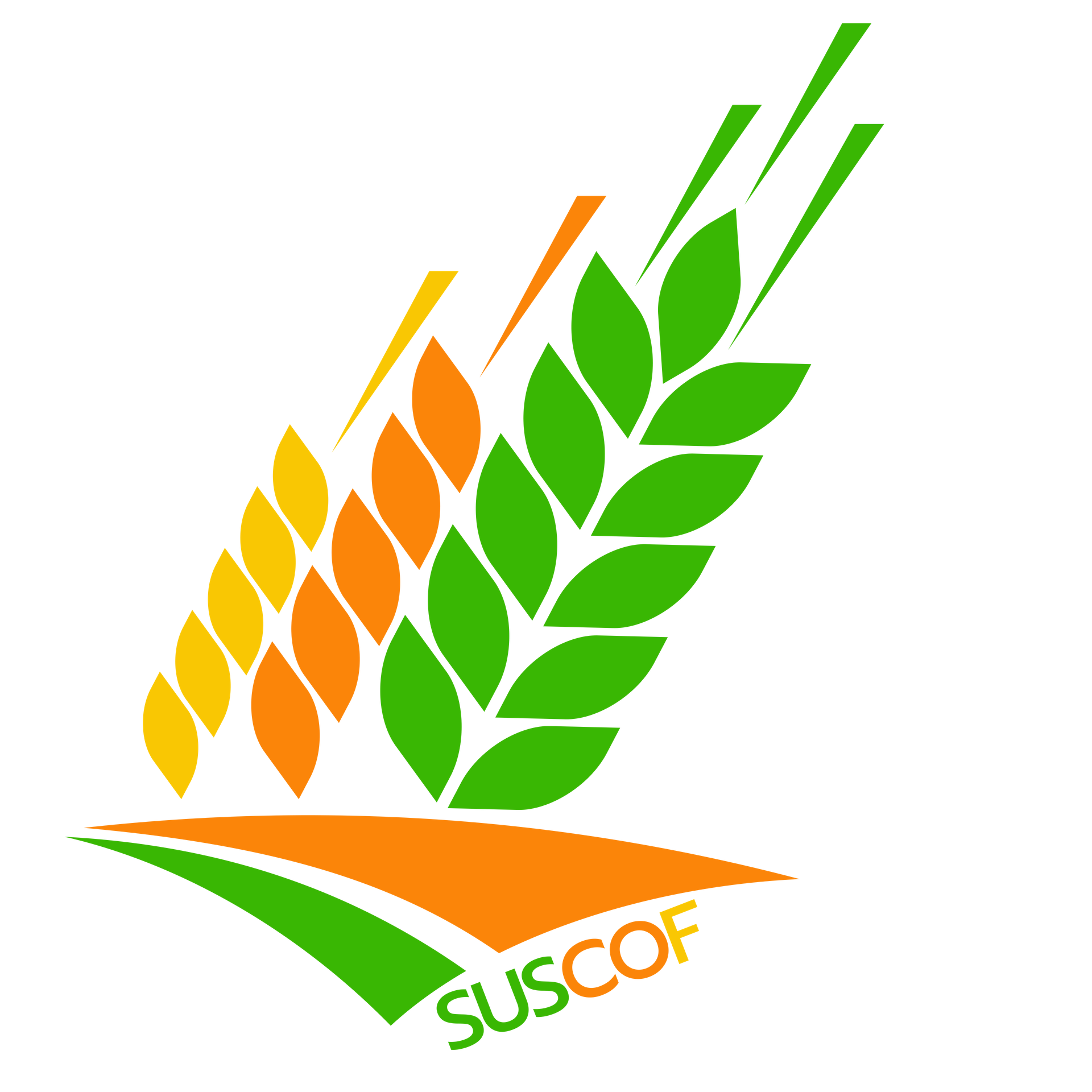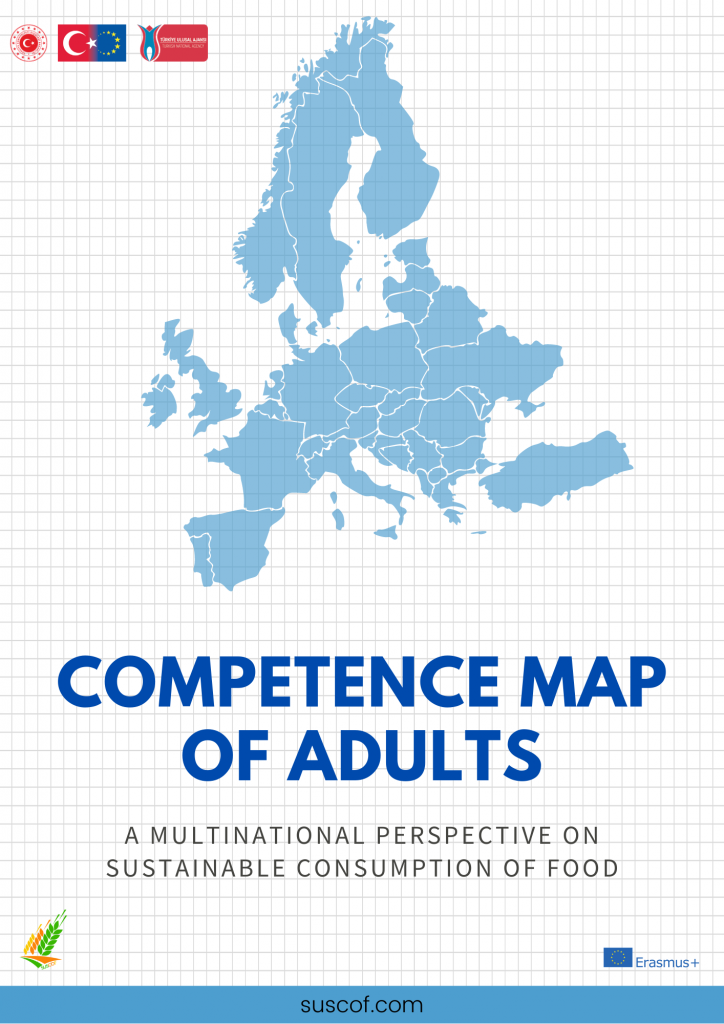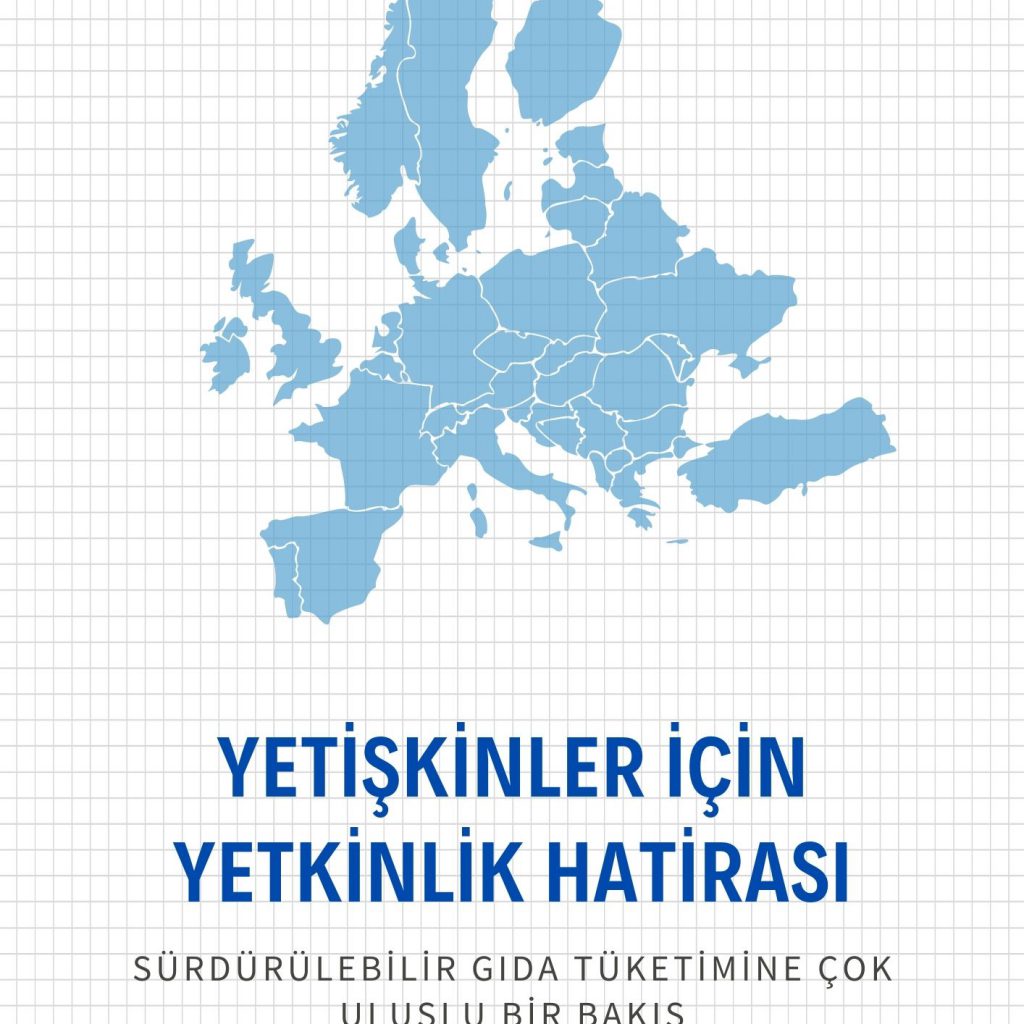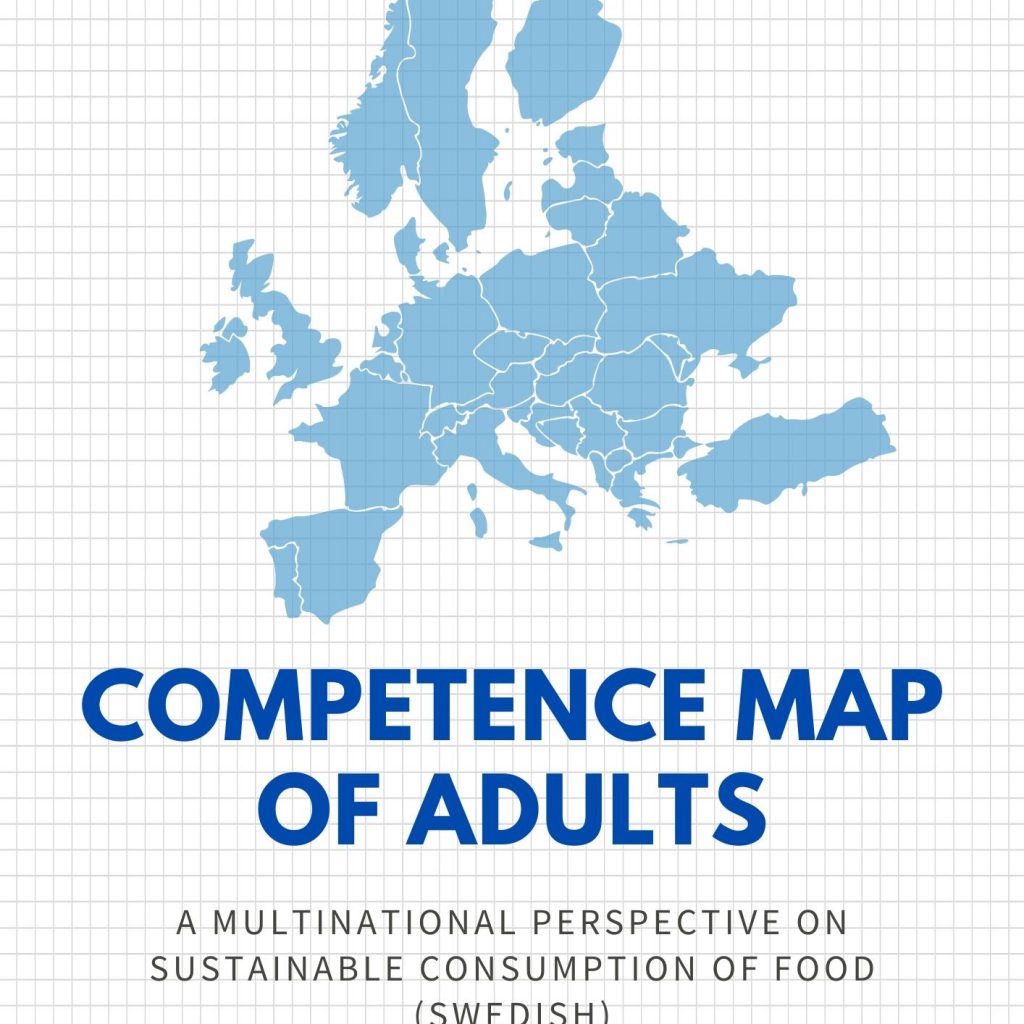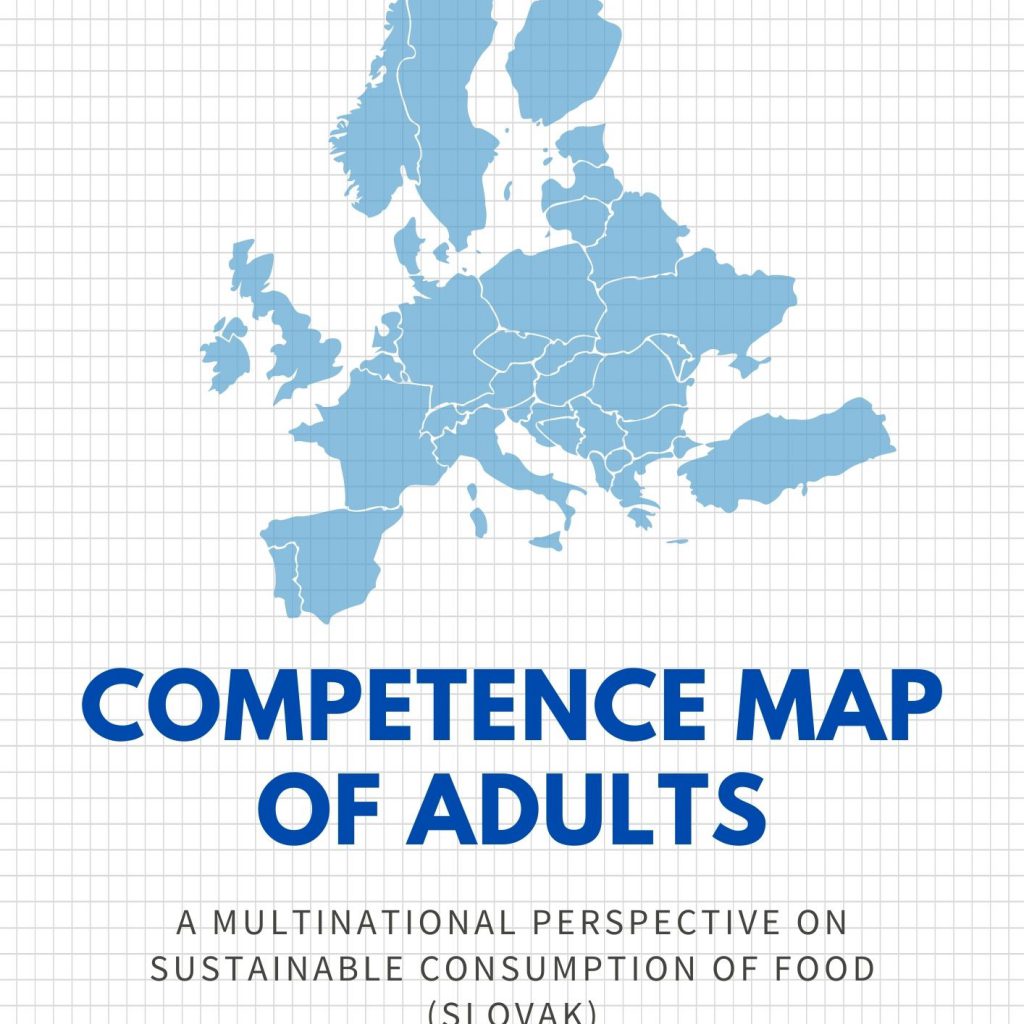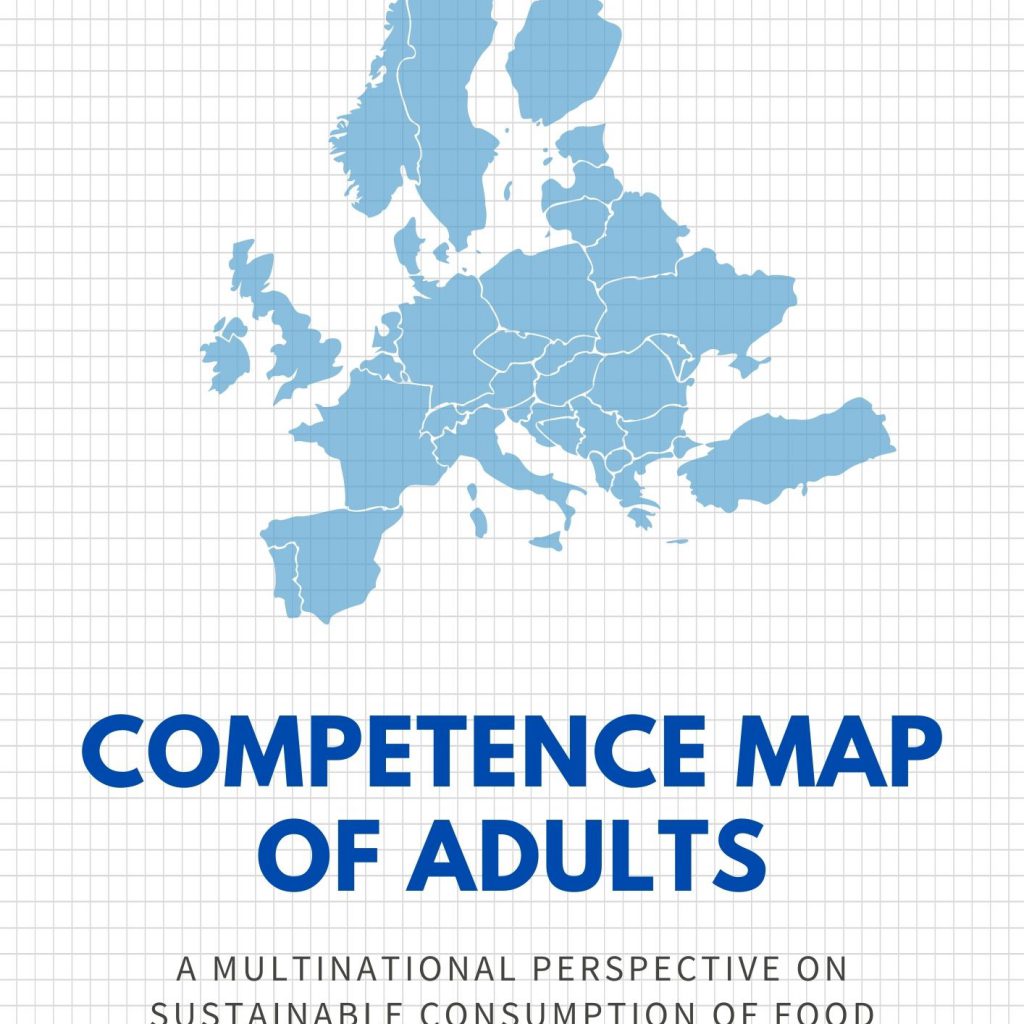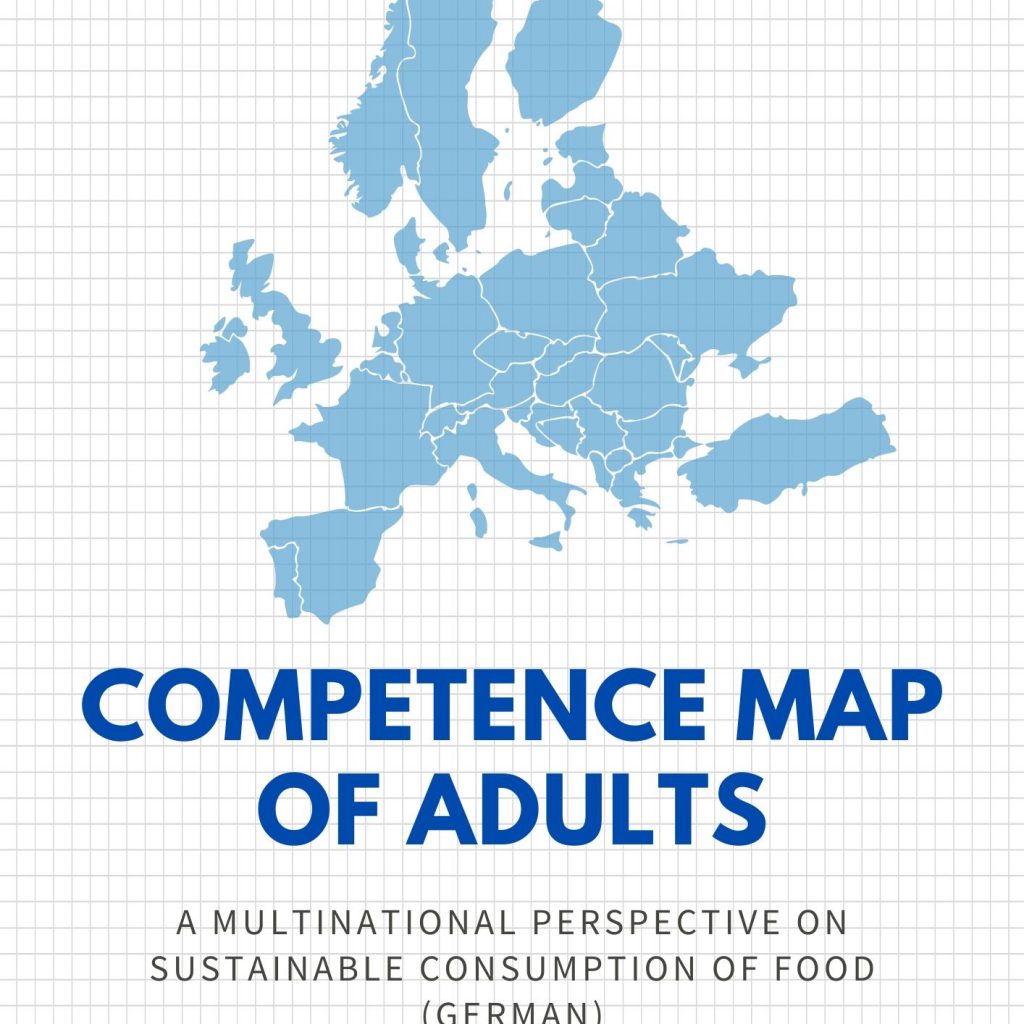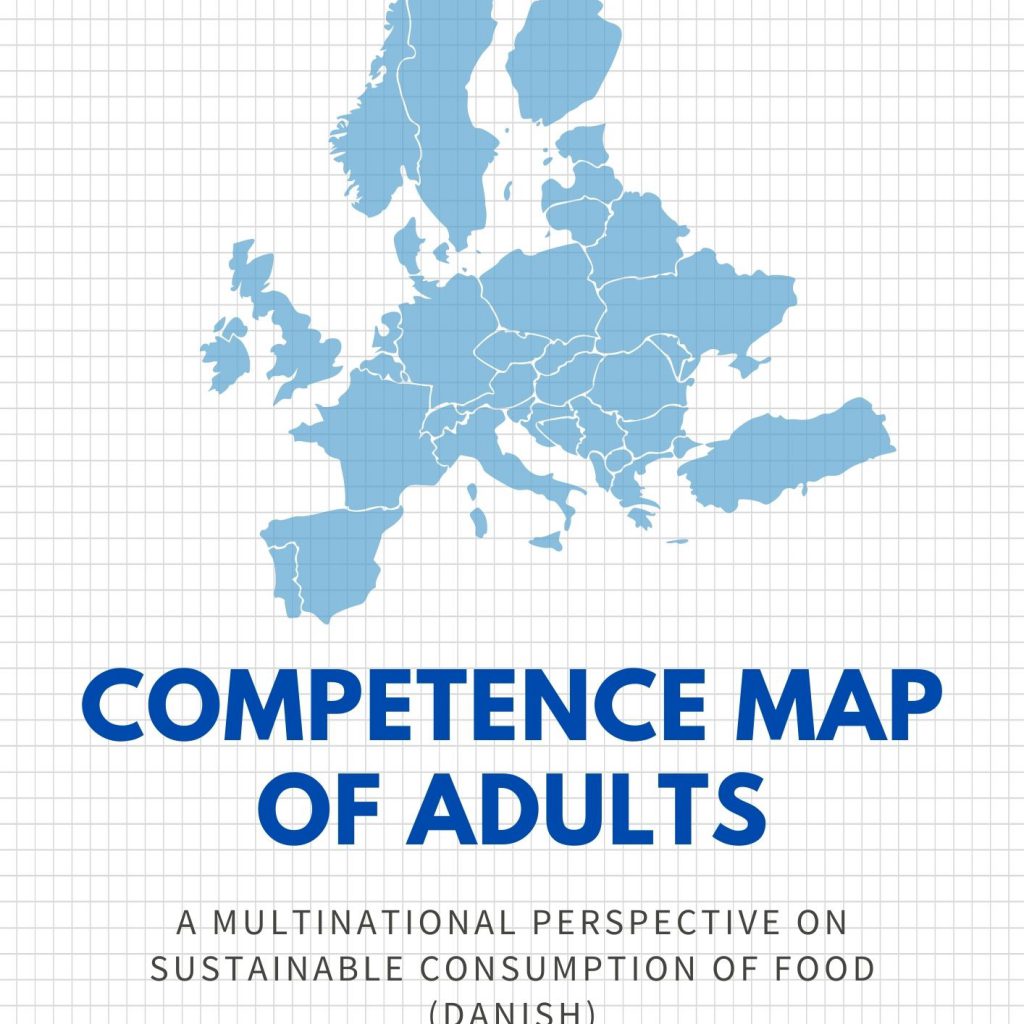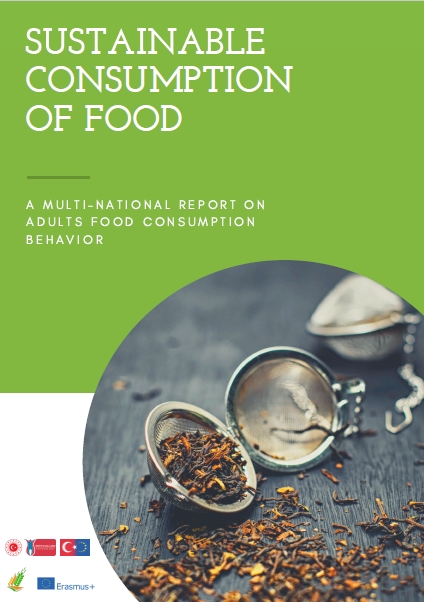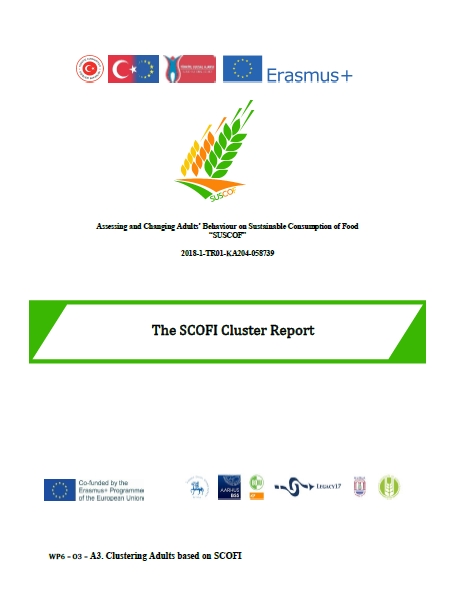COMPETENCE MAP OF ADULTS
This Competence Map presents the comparative situations of each country in the meaning of the level of sustainable consumption of food. The map also covers additional statistics and insights about food consumption in partner countries. The SCOFI measures the sustainable consumption of food scores of each partner country and thanks to the Competence Map, one could see the results of each country and also could compare the scores by the different demographics. Inherently, the Competence Map presents European perspective on sustainable consumption of food.
MULTINATIONAL REPORT
Adult education towards sustainable consumption must be the priority goal nowadays. If the sustainable behavior of adults improves, so will their children. The common findings of our international research prove the necessity of adult education in sustainable food consumption.
In this study, the new index called SCOFI (Sustainable Consumption of Food Index) is implemented to adults living in Austria, Denmark, Sweden, Slovakia, and Turkey in order to measure their behavior on sustainable food consumption. This report presents the analysis of the multinational research based on the 1316 consumer data from five different countries. The SCOFI consists of three dimensions as “sustainable lifestyle”, “food consumption and food waste”, and “ecological consumption”. All scores by dimensions and countries are provided in excel files (IO3_A: Food Consumption Competence Map_ENG). Additionally, all scores by dimensions and countries are provided via http://scofi.suscof.com
THE SCOFI CLUSTER REPORT
Conducting a survey covering the needs, behaviour of adults has been designed in order to identify homogeneous groups of adults that have similar sustainable consumption of food behaviour and attitudes. Cluster report presents outcomes of realized quantitative analysis based on SCOFI scores in relation to the demographic and socio-economic profiles of adults, which are investigated using a series of statistical analyses.
The analyses were performed on the complete net data set collected from all project partners 1316 adults. In the report, the results of the analysis are presented with tables and explained with the support of graphics.
